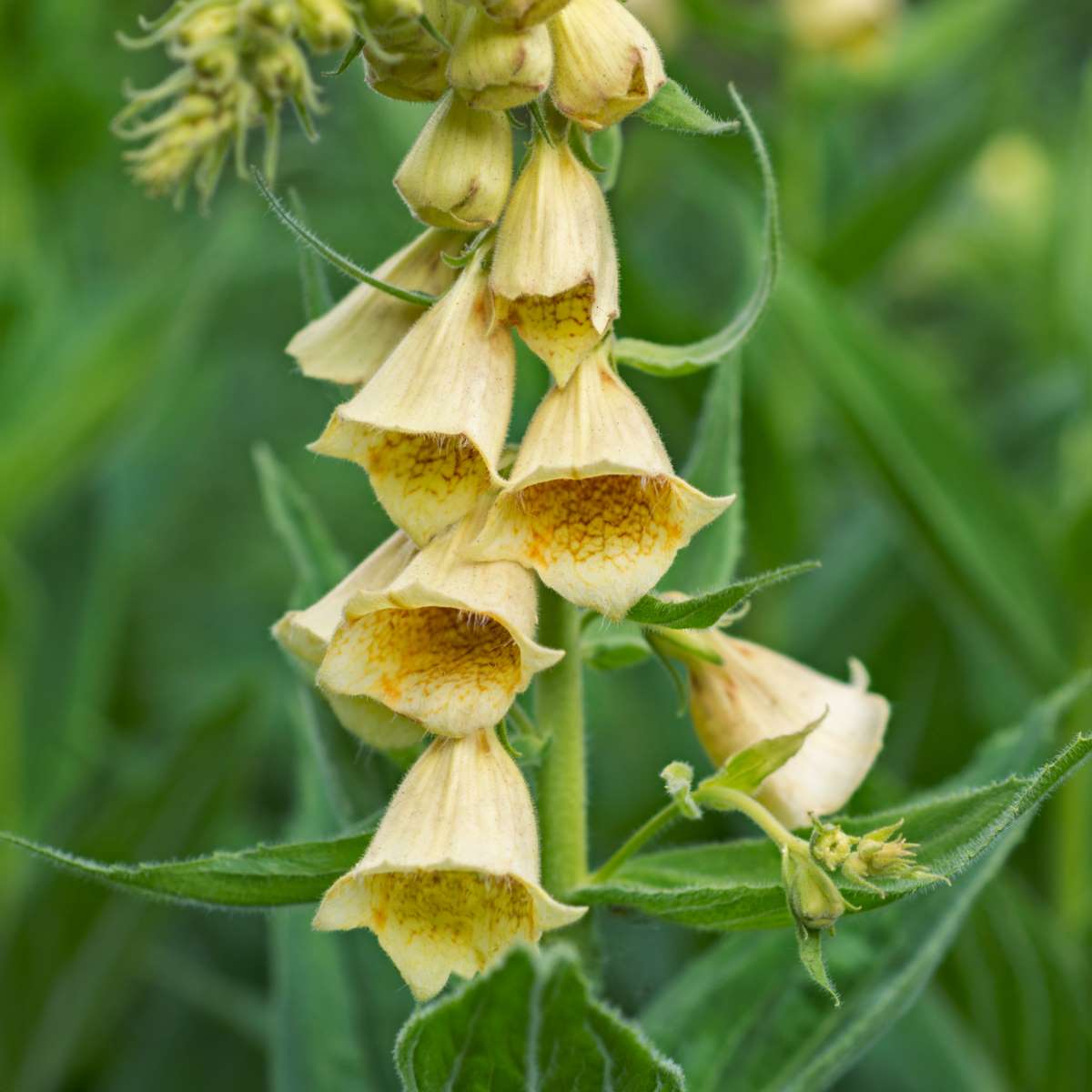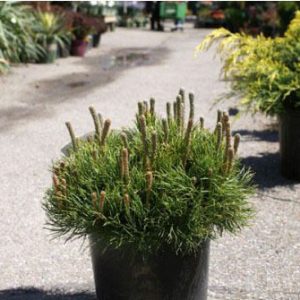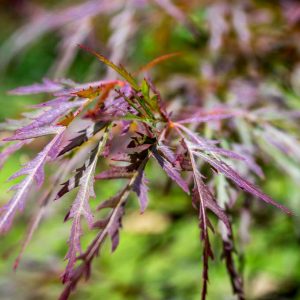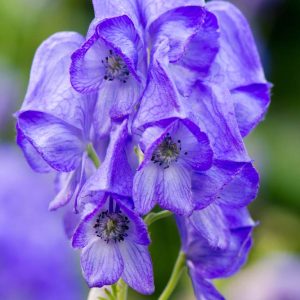Description
Digitalis – Foxglove –
There are about 22 species of biennial and short lived perennials, some evergreen, in this genus. They occur in Europe, Northwestern Africa, and Western Asia, found in open woodland, with a few occurring in subalpine meadows and on stony, grassy slopes. They produce simple, mainly oblong to lance shaped to obovate, smooth or toothed edged, mostly mid green leaves. They have one or more basal leaf rosettes with smaller, alternate stem leaves. Inflated, tubular-bell shaped, somewhat 2 lipped flowers, often spotted inside, are produced in tall, sometimes branched, often closely packed racemes, usually on one side of the stems, in many colors including magenta, purple, white, cream, yellow, pink and lavender. Most foxgloves are handsome, suitable for a border or rock garden, or for naturalizing in woodland. All parts may cause severe discomfort if ingested. Contact with foliage may irritate skin.
Grow in almost any soil and situation, except very wet or very dry soil, most prefer humus rich soil in partial shade. Divide in spring or autumn. They self seed readily. Cut flowering stems down to the ground after spring flowering to encourage secondary spikes.
Prone to Southern blight, anthracnose, and fungal leaf spots.
D. grandiflora – D. ambigua – D. orientalis – Yellow Foxglove – This charming, clump forming, biennial or short lived perennial found from Central and Southern Europe to Siberia and Turkey grows 3′ feet tall and half as wide. It produces ovate-oblong, finely toothed, conspicuously veined, usually hairless often glossy, rich green leaves, 3-10″ long. From early to mid summer it bears racemes of well spaced, pale lemon flowers, 1 ½-2″ long, with brown veins inside.
Zones 3-8





